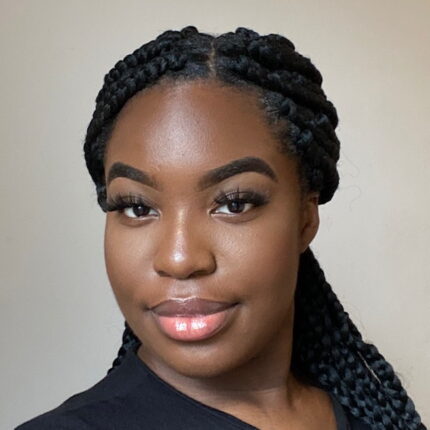Following the Black Lives Matter protests of last year, “allyship” remains one of the biggest buzzwords in race equity work.
When it comes to large organisations, like universities, releasing statements of support or sharing hashtags, how do we weed out the virtue signallers from the authentic allies?
As the next Race Equality Charter submission is fast approaching, many universities are drafting race equality action plans committing to work that will enhance the lived experience of students and staff.
The past year alone has demonstrated that the sector has a long way to go, with multiple calls for institutions to address staff diversity, curriculum decolonisation and drastically increased resourcing in Equality, Diversity, and Inclusion work.
To have any chance of overhauling the sector’s image, as explored in the BBC Three documentary Is Uni Racist?, it is vital that universities demonstrate a long-term commitment to action that produces tangible results for all students. Statements alone are no longer enough.
With their experience of mobilising students and supporting marginalised groups, students’ unions are undoubtedly well placed to support allyship work. But we also maintain that this work is made more powerful when supported and championed by universities.
Across the sector, there is no one group who is immune to the benefits of allyship work – and universities should collaborate with their students’ unions if they want to demonstrate an ongoing commitment to amplifying the voices of the students they represent.
A hub of resources
We were motivated to develop an allyship hub after witnessing the widespread use of black squares on Instagram – which led us to question whether people really understood why they were posted in the first place.
When collating resources for the hub, we were conscious to include a range of resources that capture lived experience, as opposed to being purely theoretical or academic, or even focused solely on trauma narratives from these communities. By simply diversifying the content you consume, we believe that individuals can demonstrate an active attempt to understand the experiences of those different from us.
Initially, we wanted to create a space where students could learn about topics they were seeing in the news or across social media without judgement. However, through our understanding of the experiences of students on campus we really wanted academic staff to engage with the hub.
Academic staff in the sector rarely reflect the demographics of their student body, with Black academic staff making up 2% of the sector (HESA Staff Data). It is vital that staff use a diverse range of resources to educate themselves, engaging with the lived experiences of their students to reduce both conscious and unconscious bias that has shown to impact marking, course content and professional conduct.
Training and culture
The allyship hub has been one aspect of our ongoing work around creating a culture of allyship. Earlier this year, we organised allyship training for staff, delivered by an external anti-racism consultant, with the aim of challenging the more subtle behaviours that individuals embody.
In the training, we wanted to emphasise that everyone starts from somewhere and show staff that we can all start with a blank slate regardless of any prejudices or ignorance we might have shown in the past. With the press coverage of the recent Freedom of Speech Bill, it was clear that students’ unions still have a reputation for upholding “cancel culture” through no-platforming, or the use of safe spaces.
Our commitment to creating a culture of allyship hopefully shows that this is not the case, and that we understand that students and staff are willing to learn more and work on their own biases. Many of these conversations around allyship are uncomfortable, but we cannot let this stop people from being an ally. By ignoring these conversations for fear of showing ignorance, both students’ unions and universities are hindering the growth of their students.
When developing our allyship hub, it was vital that it demonstrated a shift away from generic awareness raising campaigns that have historically typified the work of students’ unions. The amount of academic research, student voice work and testimonies from marginalised students is now impossible to ignore.
There is not a single university in the country that doesn’t have an attainment, continuation or application gap for their marginalised students – and every university has a duty to understand the lived experiences of their students behind the data. Our allyship hub aims to encourage students and staff to confront their own biases and knowledge gaps head on, through active participation and a demonstration of authentic allyship.
The Black community is not just a hashtag. The LGBT+ community is more than a pride parade. None of these communities are a monolith, and the whole higher education sector must make every effort to understand their lived experiences to become authentic and active allies.













